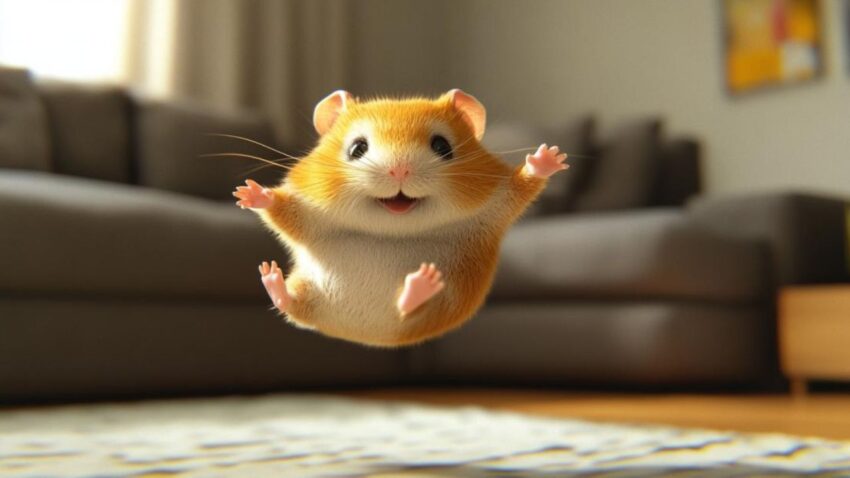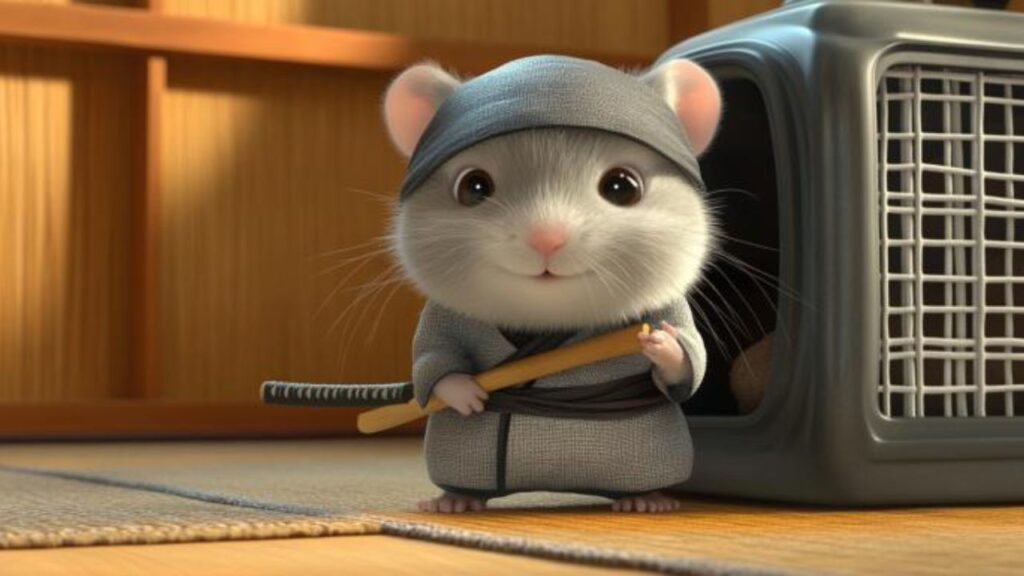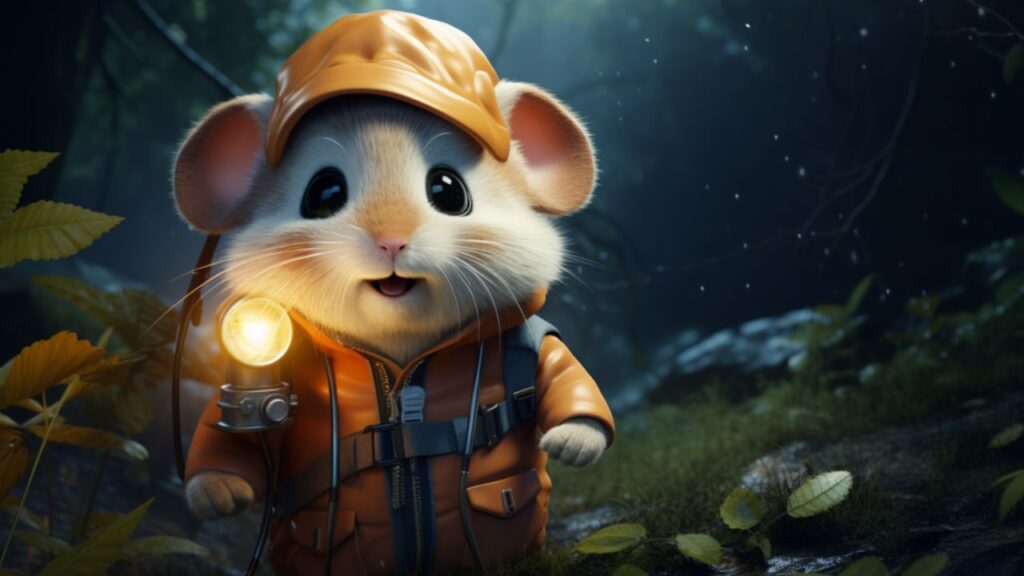Welcome to the delightful world of hamster tricks, where tiny paws and big personalities collide! Training your hamster to perform tricks isn’t just about impressing friends or adding a touch of flair to your pet’s repertoire—it’s an enriching experience for both you and your furry friend. Hamsters, with their curious nature and playful spirits, are surprisingly adept at learning new behaviors. From simple tasks like jumping through hoops to more complex tricks like backflips, the joy of seeing your little buddy master a new skill is immensely rewarding.
Training provides a unique opportunity to strengthen the bond between you and your hamster. It allows you to communicate, interact, and engage in a way that fosters trust and affection. Moreover, it taps into their natural instincts to explore and play, making it a fulfilling activity for both parties. Plus, who doesn’t love the sight of a fluffy little creature showing off their skills?
Why Backflips?
Now, you might be wondering, why backflips? Teaching your hamster to perform a backflip is not just a party trick; it offers a multitude of benefits that contribute to your pet’s overall well-being. Here are a few compelling reasons to dive into this exciting training endeavor:
- Exercise and Physical Fitness:
Backflips, like any trick that involves movement, help keep your hamster active. Regular physical activity is crucial for maintaining a healthy weight and preventing obesity, which can lead to various health issues. Training sessions that incorporate tricks promote exercise in a fun and engaging way. - Mental Stimulation:
Hamsters are intelligent creatures that thrive on mental challenges. Teaching them tricks like backflips stimulates their brains, encouraging problem-solving and cognitive development. Engaging your hamster in training keeps them mentally sharp and can prevent boredom, which is vital for their happiness. - Enhanced Bonding:
Training is an excellent way to deepen the bond between you and your hamster. The process fosters trust and communication as you work together towards a common goal. Each successful backflip will not only bring you joy but also create positive associations for your hamster, reinforcing the connection you share.
Understanding Hamster Behavior
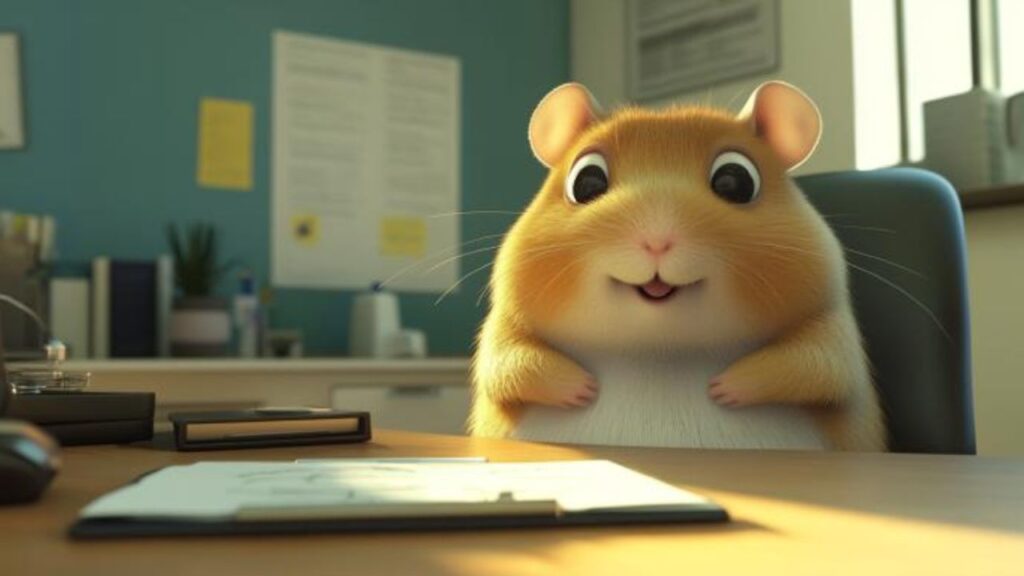
To embark on the journey of teaching your hamster to perform a backflip, it’s essential to understand their behavior and learning processes. Hamsters are remarkable little creatures, each with their own quirks and personality traits. By tapping into their natural instincts, recognizing their playful nature, and fostering a trusting relationship, you can create a rewarding training experience. Let’s delve into the fascinating world of hamster behavior and cognition!
Natural Instincts and Playfulness
Hamsters are naturally curious and playful animals. In the wild, they exhibit behaviors like burrowing, climbing, and exploring their environment. These instincts are crucial for their survival and well-being. When training your hamster, it’s important to harness this innate playfulness.
Hamsters thrive in environments that stimulate their senses and encourage exploration. When introducing tricks, consider how their natural behaviors can be integrated into the learning process. For instance, their love for climbing and jumping can be used as a foundation for teaching a backflip. By framing training as a fun game rather than a chore, you align the experience with their instincts, making it more engaging and enjoyable.
The Science of Learning
Research into hamster cognition reveals that these small pets are capable of impressive learning feats. Studies have shown that hamsters learn through observation, repetition, and positive reinforcement. For example, when a hamster sees another hamster performing a trick, they may be inclined to mimic that behavior. This observational learning is a key factor in training.
Additionally, hamsters possess excellent memory retention, allowing them to recall tasks and tricks they’ve previously learned. Their brains are wired to respond to rewards, so utilizing treats and praise effectively during training can significantly enhance their learning process. By consistently rewarding desired behaviors, you create positive associations that encourage further exploration and learning.
Building Trust Through Training
Before diving into teaching tricks, establishing a trusting relationship with your hamster is crucial. Trust is the foundation of successful training and can greatly influence your hamster’s willingness to participate. Here are some tips to help build that trust:
- Start Slow:
Allow your hamster to acclimate to your presence. Spend time sitting near their habitat, speaking softly, and letting them approach you on their own terms. This builds familiarity and comfort. - Use Positive Reinforcement:
Whenever your hamster interacts with you or exhibits positive behavior, reward them with treats or gentle affection. This reinforces the idea that you’re a source of safety and good things. - Create a Routine:
Establish a consistent training routine. Hamsters thrive on predictability, and having regular interaction times will help them feel more secure and ready to learn. - Be Patient:
Every hamster is unique, and some may take longer to trust than others. Patience is key. Allow your furry friend to set the pace, and celebrate small victories to foster confidence.
Preparing for Backflip Training
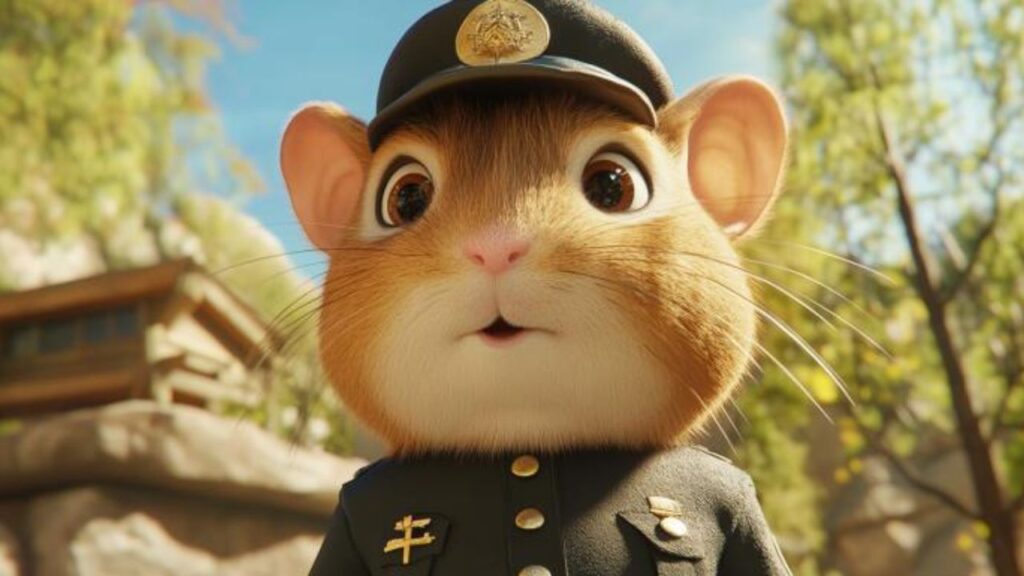
Before diving into the exciting world of backflip training, it’s essential to prepare both the environment and the necessary supplies. A well-structured approach will ensure that your hamster feels safe, comfortable, and motivated to learn. Let’s explore how to set the stage for success!
Creating the Right Environment
Setting up a safe and encouraging training space is crucial for your hamster’s comfort and focus. Here are some steps to create the ideal environment:
- Choose a Quiet Area:
Select a quiet, low-traffic space in your home where your hamster won’t be easily distracted by noise or movement. This could be a corner of a room or a dedicated training area away from other pets and loud sounds. - Use a Soft Surface:
Consider placing a soft blanket or a cushioned mat on the floor. This provides a comfortable landing surface in case your hamster attempts a backflip, ensuring their safety during training sessions. - Minimize Distractions:
Remove any potential distractions, such as toys or other objects that might draw your hamster’s attention away from the training. A clean, uncluttered space will help them focus on you and the task at hand. - Maintain a Comfortable Temperature:
Ensure the training area is at a comfortable temperature—too hot or too cold can make your hamster uncomfortable. A moderate temperature will keep them alert and ready to engage.
Choosing Training Supplies
Having the right training supplies on hand will make your sessions more effective and enjoyable. Here are the essential items you’ll need:
- High-Value Treats:
Select small, tasty treats that your hamster loves. These could be commercial hamster treats, fresh fruits, or even small bits of vegetables. The key is to use treats that your hamster finds irresistible, as these will serve as powerful motivators during training. - Clicker or Marker:
Using a clicker or a verbal marker (like “yes”) can help reinforce desired behaviors. The click or marker indicates to your hamster that they’ve done something right and a treat is on the way. This positive reinforcement technique is backed by behavioral science and can enhance learning. - Training Props:
Consider using props like a small platform or a sturdy, low obstacle to help teach the mechanics of the backflip. These can provide visual cues and help guide your hamster as they learn. - A Notebook or Training Log:
Keeping a training log can be helpful for tracking progress. Note what techniques work best, your hamster’s reactions, and any adjustments you might need to make. This reflective practice allows you to fine-tune your approach over time.
Assessing Your Hamster’s Readiness
Before starting training, it’s important to gauge whether your hamster is ready to learn new tricks. Here are some signs to look for:
- Curiosity and Playfulness:
If your hamster shows a keen interest in exploring their environment, sniffing around, and playing with toys, they’re likely in a good state of mind for training. - Healthy Behavior:
Ensure your hamster is healthy and active. If they’re lethargic, hiding, or not eating properly, it might be best to wait until they’re feeling better before introducing new training. - Comfort with Handling:
Your hamster should be comfortable being handled. If they enjoy spending time with you and show no signs of stress or fear, they’re more likely to engage positively during training sessions. - Attention Span:
Observe your hamster’s attention span. If they can focus on a task for a few minutes without becoming distracted or restless, they’re ready for training. Start with short sessions to keep their interest high.
Step-by-Step Training Techniques
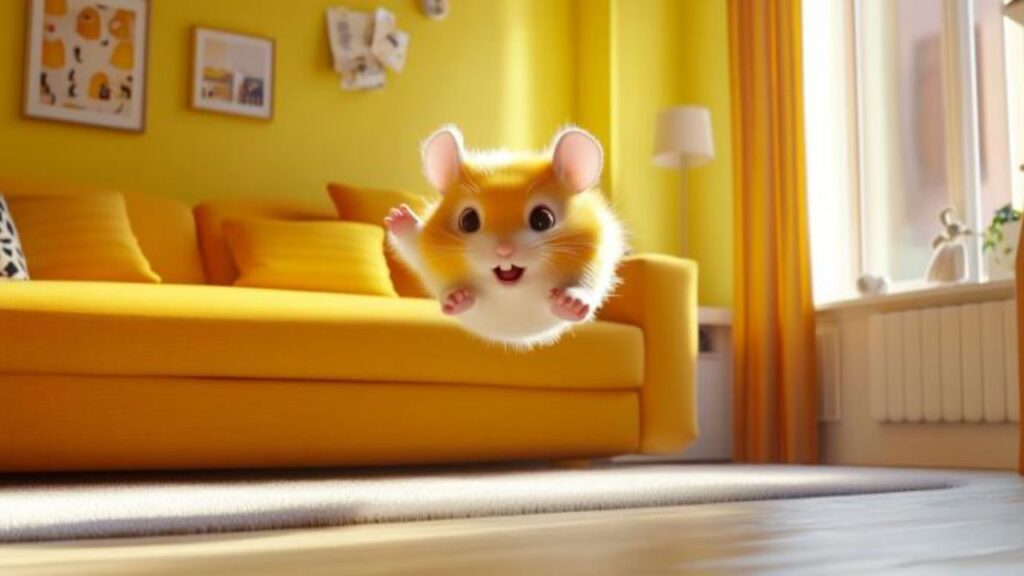
Now that you’ve prepared your environment and gathered your supplies, it’s time to dive into the exciting process of teaching your hamster to perform a backflip! This section will guide you through each step, making the learning experience enjoyable for both you and your furry friend.
Introducing the Backflip Concept
The first step in training your hamster to perform a backflip is to introduce the concept in a gentle and engaging way. Here’s how to familiarize your hamster with the idea:
- Start with a Visual Cue:
Begin by showing your hamster a simple movement that mimics the backflip, such as gently rolling a small treat across a surface. This action can capture their attention and encourage curiosity. - Use Props to Demonstrate:
Consider using a soft, low obstacle like a small cushion or a soft ramp. Place it in front of your hamster and encourage them to hop over it. As they become comfortable with this action, gradually increase the height or angle to mimic the motion of a backflip. - Create a Fun Association:
As your hamster investigates the props, use excited tones and gestures to express your enthusiasm. This playful interaction helps your hamster associate the idea of backflips with positive experiences, laying the groundwork for training.
Using Treats as Motivation
Treats are one of the most effective tools in a trainer’s arsenal. Here’s how to use them to encourage your hamster during training:
- High-Value Rewards:
Choose treats that are particularly enticing to your hamster. These should be small, easily consumable, and something they truly enjoy, like bits of fruit or specialized hamster treats. The more they love the treat, the more motivated they’ll be! - Timing is Key:
Use treats immediately after your hamster performs a desired behavior. Timing is crucial in positive reinforcement; the quicker they receive a reward, the stronger the association will be. If your hamster attempts any movement that resembles a backflip, be ready with a treat! - Clicker Training:
If you’re using a clicker, click the moment your hamster shows interest in the training prop or performs a movement that leads toward the backflip. Follow this with a treat. This clear communication reinforces the behavior and encourages them to try again.
Breaking Down the Backflip
Teaching a backflip can seem daunting, but breaking it down into manageable parts makes it more achievable. Here’s a step-by-step guide:
- Master the Hop:
Start by teaching your hamster to hop onto a small platform or obstacle. Use a treat to encourage them to jump up, rewarding them for any successful attempts. This sets the foundation for the jumping motion required for the backflip. - Add a Spin:
Once your hamster is comfortable with hopping, introduce a gentle spinning motion. Encourage them to turn in a circle while on the platform. This movement mimics the rotation they’ll need for a backflip. Reward them with treats as they begin to understand the concept of turning. - Introduce the Backflip Motion:
When your hamster is adept at hopping and spinning, it’s time to link the movements. Encourage them to jump off the platform while gently guiding them with a treat above their head. This encourages the upward motion required for a backflip. - Support the Backflip:
If your hamster seems hesitant, gently assist them by lightly guiding their body during the jump. Be sure to reward them as they attempt the motion, even if it’s just a small leap. This support can help build their confidence. - Celebrate Small Successes:
As your hamster begins to understand the motion, celebrate every small victory. Whether it’s a jump that nearly resembles a backflip or a complete backflip, positive reinforcement will encourage them to keep trying.
Hannah’s Training Tactics
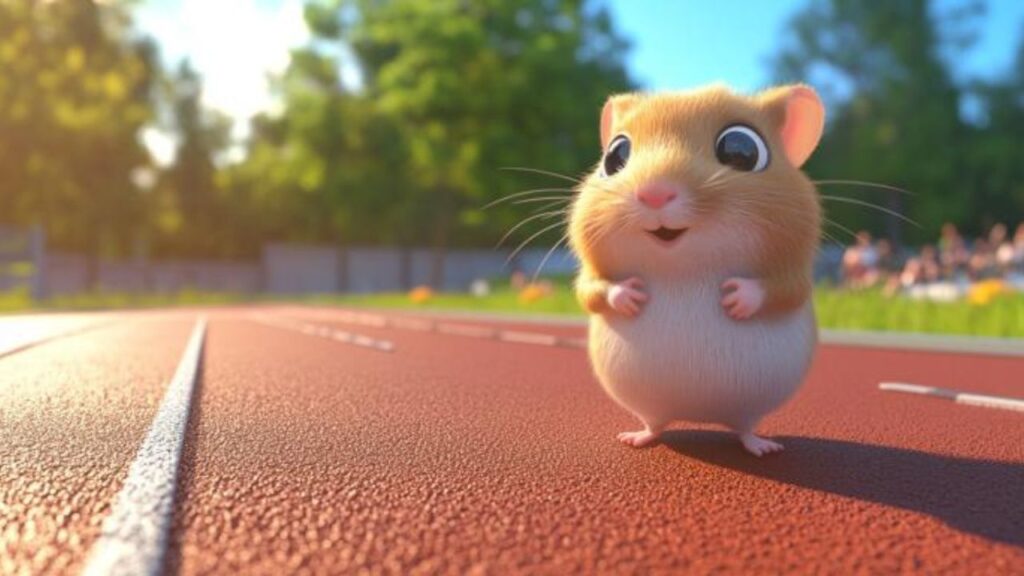
Training your hamster to perform tricks like backflips should be a joyful experience for both of you! Here are some quick tips to ensure your training sessions are successful and engaging.
Quick Tips for Success
- Keep Sessions Short and Fun (5-10 Minutes):
Hamsters have relatively short attention spans, so it’s best to keep training sessions brief—around 5 to 10 minutes. This prevents your furry friend from becoming bored or overwhelmed. Aim for multiple short sessions throughout the day rather than one long session. Each mini-training adventure can focus on a different aspect of the trick, keeping the experience fresh and exciting. Remember, the goal is to make training a fun game rather than a chore! - Use High-Value Treats for Motivation:
Treats are your best allies in training, so make sure to use high-value rewards that your hamster absolutely loves. Experiment with different types of treats to find out which ones your hamster responds to most enthusiastically. Whether it’s a small piece of fruit, a favorite commercial treat, or even a special veggie, having a variety of options can keep motivation high. The more your hamster associates training with tasty rewards, the more eager they will be to participate! - Always End on a Positive Note:
To maintain your hamster’s eagerness for future sessions, always aim to end on a positive note. This might mean finishing a session with a successful jump, a spin, or even just your hamster exploring the training area. Positive reinforcement, such as praise, gentle petting, and treats, reinforces the idea that training is a fun experience. Ending on a high note helps your hamster look forward to the next session with excitement, fostering a positive training environment.
Conclusion
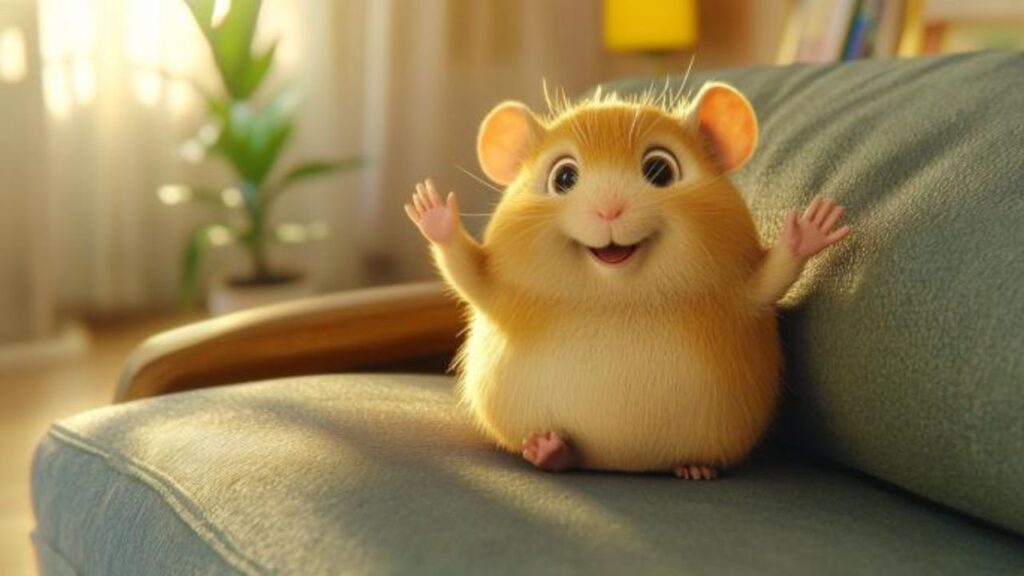
Reflecting on Your Journey
As you embark on the delightful adventure of teaching your hamster to perform tricks like backflips, it’s essential to reflect on the journey so far. Trick training is not just about the end result; it’s about the bonding experience you share with your hamster. Patience and consistency are your most valuable tools. Every little leap and wobble along the way is a testament to your hamster’s growth and your nurturing guidance. Remember, not every session will go perfectly, and that’s completely okay! Celebrating small victories fosters a positive training atmosphere and strengthens your bond, making the process enjoyable for both of you.
Encouragement to Keep Learning
Training your hamster opens up a world of possibilities. Once you’ve mastered the backflip, consider exploring even more tricks! From spins to high-fives, there are countless ways to engage your little friend and stimulate their mind. Each new trick not only challenges your hamster but also deepens the connection you share. Don’t hesitate to seek support from the vibrant hamster community—whether online or in person. Engaging with fellow hamster enthusiasts can provide valuable insights, tips, and encouragement.
Remember, every hamster has its own personality and learning style, so embrace the journey unique to you and your furry companion. With love, patience, and a dash of creativity, you’re on your way to becoming an exceptional hamster trainer. Happy training, and may your furry friend impress everyone with their newfound skills!
With paws and patience, you’re on the road to being a Hamster Whisperer. Happy training!

